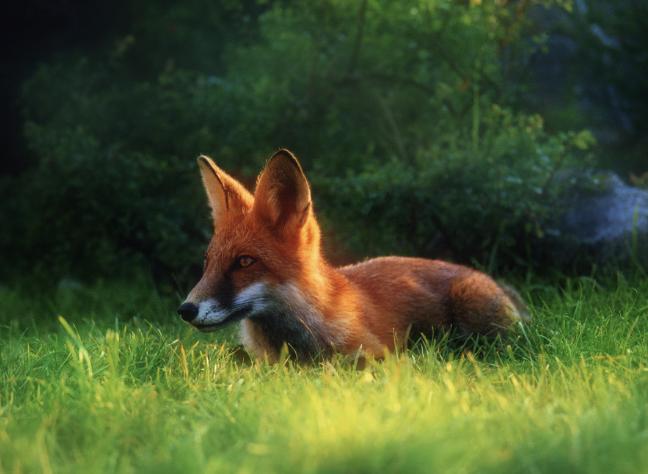The article discusses the changing dynamics of secular celebrations and the impact on traditional practices. The author highlights the shift towards more secular forms of entertainment and activities during festive occasions. This transition is viewed as a significant departure from the conventional religious rituals that have long defined such celebrations. By delving into the reasons behind this shift and exploring its implications, the article sheds light on the evolving landscape of contemporary celebrations.
One of the key arguments put forth in the article is that secular shenanigans have become increasingly popular due to their inclusive nature. Unlike religious ceremonies that may exclude certain individuals based on their beliefs or backgrounds, secular celebrations offer a space where people from diverse walks of life can come together and participate in shared experiences. This inclusivity is seen as a defining feature of modern secular festivities, attracting a wide range of participants who may not feel connected to traditional religious practices.
Moreover, the article highlights how secular shenanigans have evolved to incorporate a variety of cultural elements, drawing inspiration from different traditions and practices around the world. This fusion of cultural influences has created a rich tapestry of activities and events that cater to a broad audience. By embracing a more eclectic approach to celebrations, secular gatherings have managed to appeal to a wider demographic, transcending traditional boundaries and fostering a sense of unity among participants.
On the other hand, the article also explores the potential drawbacks of secular shenanigans, pointing out that the loss of religious significance in celebrations may dilute their meaning and purpose. While secular festivities offer a platform for socializing and entertainment, they may lack the depth and spiritual resonance that religious rituals often provide. This critique raises important questions about the role of tradition and heritage in shaping our cultural practices, prompting readers to reflect on the balance between innovation and preservation in our celebrations.
In conclusion, the article provides a nuanced perspective on the rise of secular shenanigans in contemporary society. By examining the reasons behind this shift and evaluating its impact on traditional practices, the author offers valuable insights into the evolving nature of celebrations. Whether viewed as a positive evolution towards inclusivity and diversity or a potential dilution of cultural heritage, the trend towards secular forms of entertainment raises important questions about the changing dynamics of our collective festivities. Ultimately, the article prompts readers to consider the role of tradition, innovation, and community in shaping the way we come together to celebrate.
